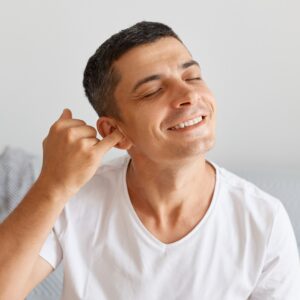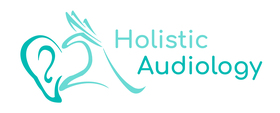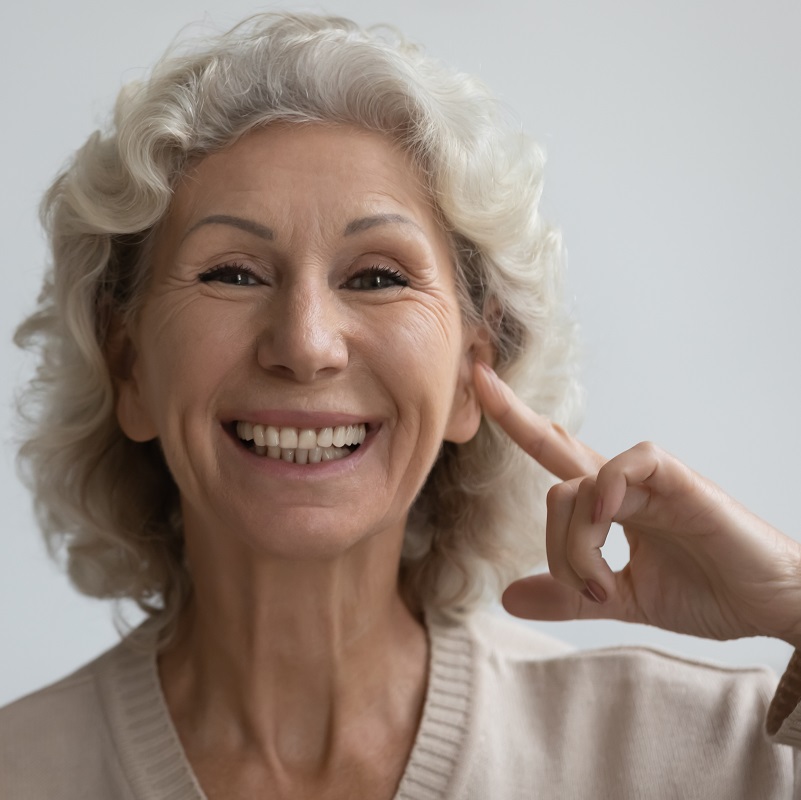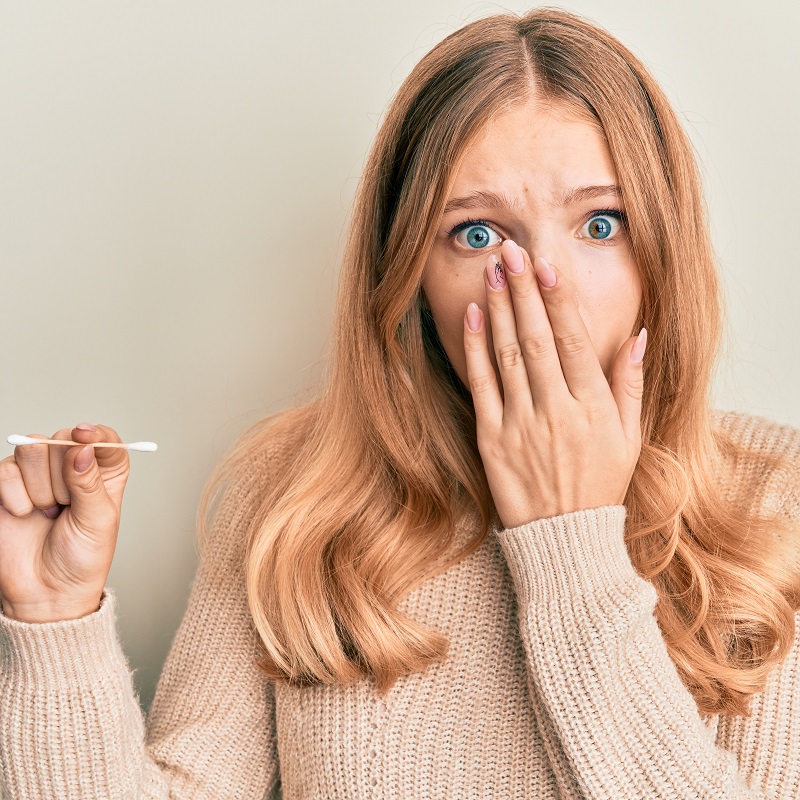DID YOU KNOW?
Wet or dry ear wax is an inherited characteristic. The gene that determines wet or dry ear wax is called ATP-binding cassette C11 gene (ABCC11). Over 97% of people of European and African heritage have wet ear wax, most East Asians have dry ear wax, and other populations express approximately an even mix of dry to wet ear wax characteristics.

Ear wax has anti-fungal and anti-bacterial properties. It helps to clean, lubricate and protect the ear canal and eardrum from foreign objects, such as dust and insects. However, excessive amounts of ear wax impacted in the ears can cause distress and may lead to problems, such as ear infections.
Excessive ear wax or impacted ear wax can cause the sensations of:
-
-
- Earache and/or discomfort
- Feeling of fullness and/or blockage
- Ringing or noises in the ear (tinnitus)
- Hearing loss
- Dizziness and/or vertigo
- Coughing
- Itchiness
-
Generally, ears are ‘self-cleaning’. However, excessive hair in the ear and small narrow or bendy ear canals make it difficult for ears to naturally remove earwax. Earbuds, earplugs and hearing aids can also trap ear wax in the ear.
Ear wax build-up and impaction is prevalent in 57% of older adults and is present in 5% of younger adults.
Seek help from an Accredited Ear Wax Removal health professional
Health professionals accredited in earwax removal are trained in all three earwax cleaning methods. The type of earwax you have (wet, dry or mixed) will determine the most appropriate earwax removal method used. To achieve the most effective outcome a combination of methods may need to be performed.
Earwax removal and cleaning methods include:
-
-
- Mechanical removal involves using a wax loop (curette) to gently remove earwax.
- Micro-suctioning uses a specialised medical grade micro-suction machine that gently vacuums out the earwax.
- Aural irrigation uses low pressurised water delivered via a syringe to assist in removal of earwax.
-
Cerumenolytic agents (earwax softening drops) may also be used during the earwax removal process.
Holistic Audiology is accredited in ear wax removal
If you notice any of the symptoms listed or you’re worried about your hearing, please see us for a consultation. We will examine your ears and determine the type of earwax blockage (if any earwax is present). In the best interest of your ear health and safety, also assess for any contraindications prior to performing earwax removal.
Footnote: Audiology Australia audiologists are required to obtain earwax removal accreditation from a recognised accredited course in order to perform earwax removal. You can read more about Holistic Audiology at our About page.


